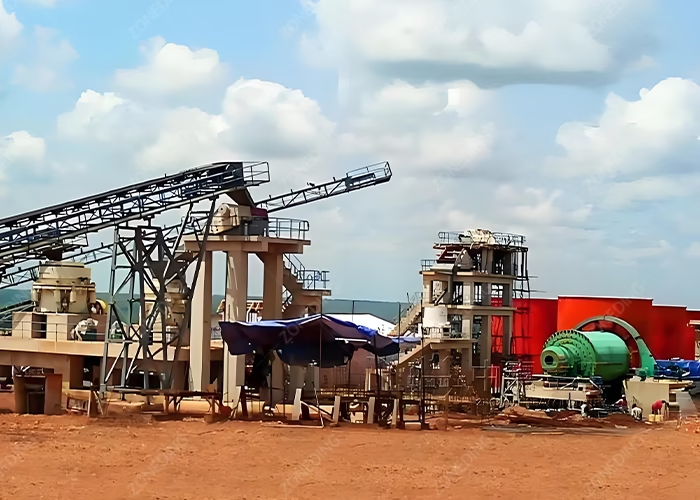全站搜索
Search the entire website
Search the entire website
A successful dolomite grinding plant design is a complete system engineered to produce a specific mesh size and purity of dolomite powder for a target industry. The core of the plant is the dolomite grinding mill—typically a Raymond mill for coarse powders or a vertical roller mill for fine powders—supported by crushing, classifying, and packaging equipment.
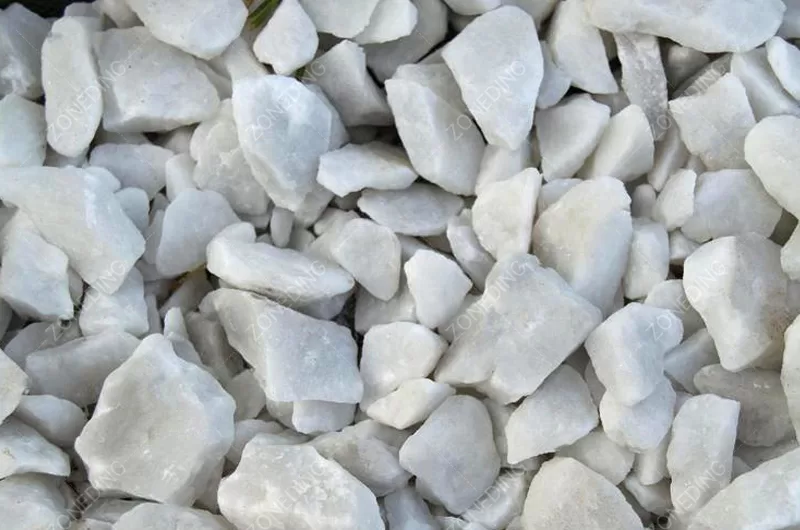
Your first decision is not about equipment; it is about your customer. The industry you choose to serve will dictate your entire plant design.
The required fineness (mesh size) and purity of dolomite powder are determined by its final application. Coarse powders (100-300 mesh) are used in agriculture and construction, while fine powders (400-1250 mesh) are used as high-value fillers in paints, plastics, and rubber.
Understanding this relationship between product specification and market value is critical before you invest a single dollar.
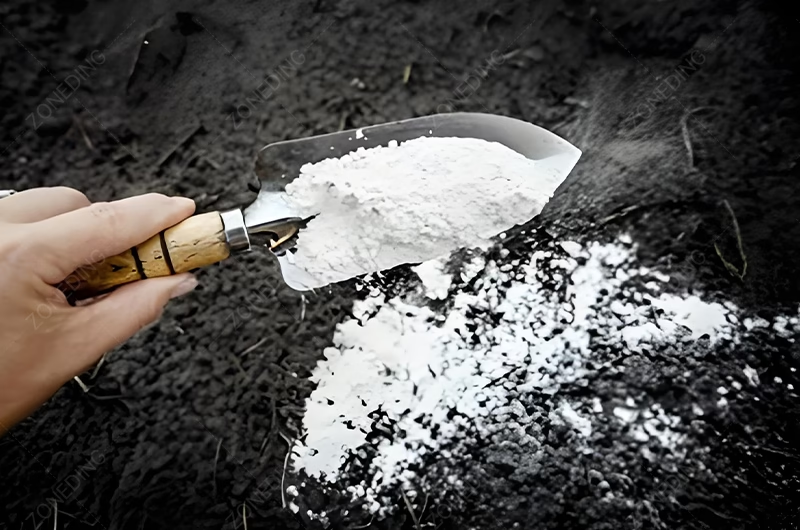

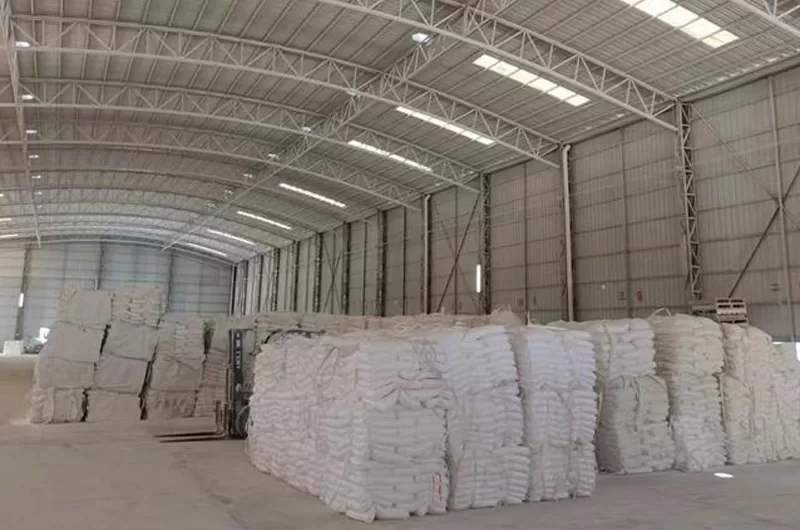
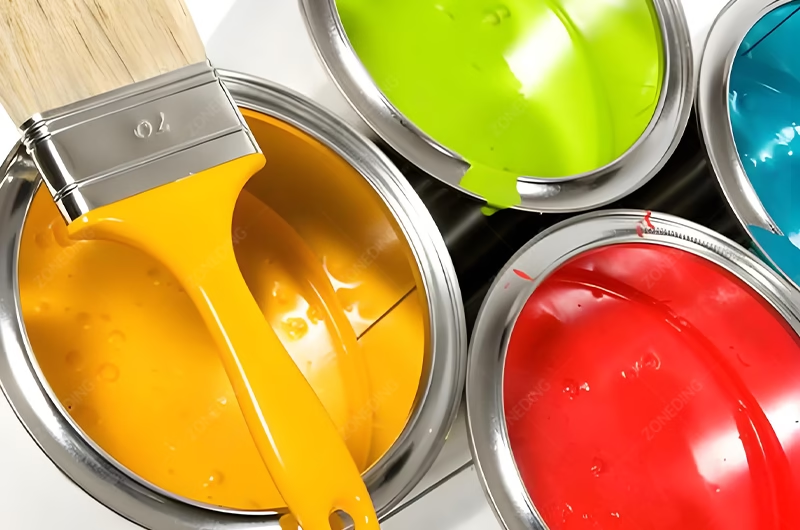
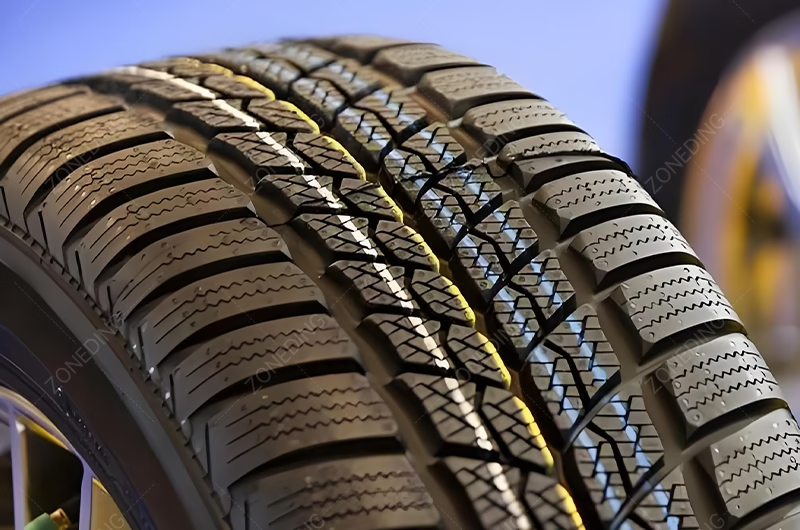
| Application | Typical Fineness (Mesh) | Key Requirement | Market Value |
|---|---|---|---|
| Agriculture & Soil | 100 – 200 Mesh | Magnesium (Mg) content | Low (Commodity) |
| Glass Manufacturing | 30 – 140 Mesh | Low iron content, tight size range | Medium |
| Construction & Fillers | 200 – 400 Mesh | General filler properties | Low to Medium |
| Paints & Coatings | 400 – 800 Mesh | Whiteness, particle size | High |
| Plastics & Rubber | 800 – 1250+ Mesh | High whiteness, ultrafine size | Very High |
A modern dolomite powder production line is an integrated system with several distinct stages.
A dolomite grinding plant consists of four main stages: 1) Crushing, to reduce large rocks to a manageable size; 2) Grinding, where the main size reduction to powder occurs; 3) Classifying, to separate the qualified fine powder from coarse particles; and 4) Collection and Packaging.
Each stage must be correctly sized and integrated for the entire plant to operate smoothly and efficiently.
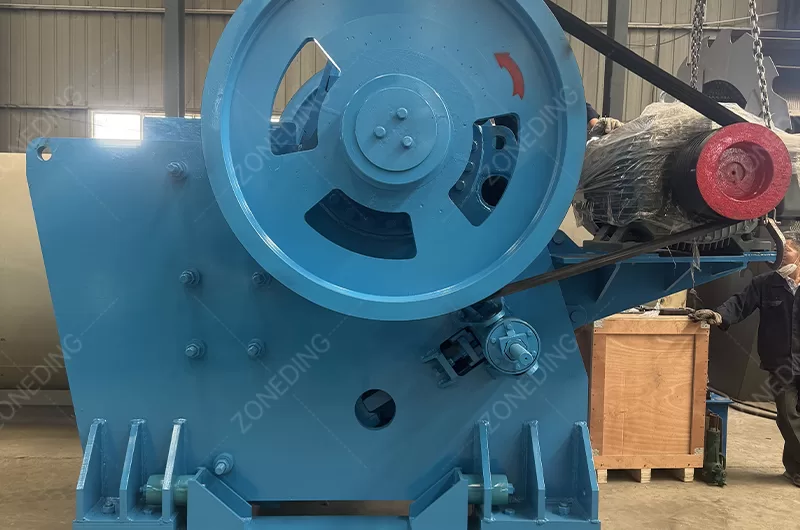
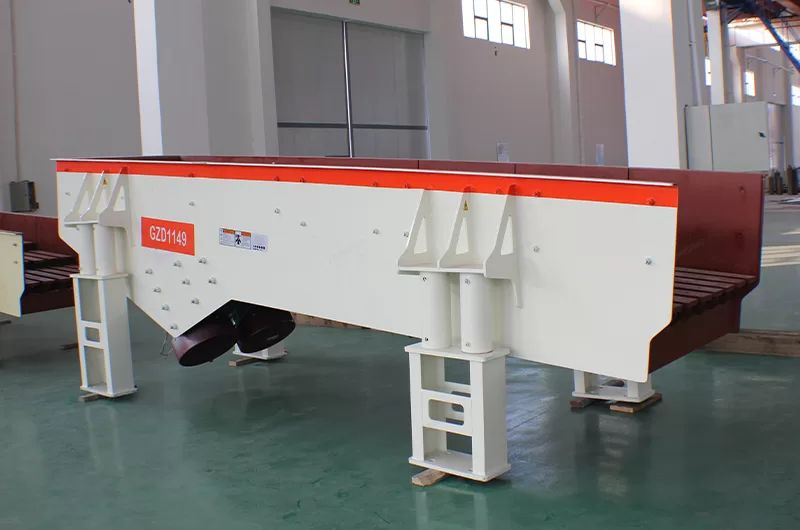
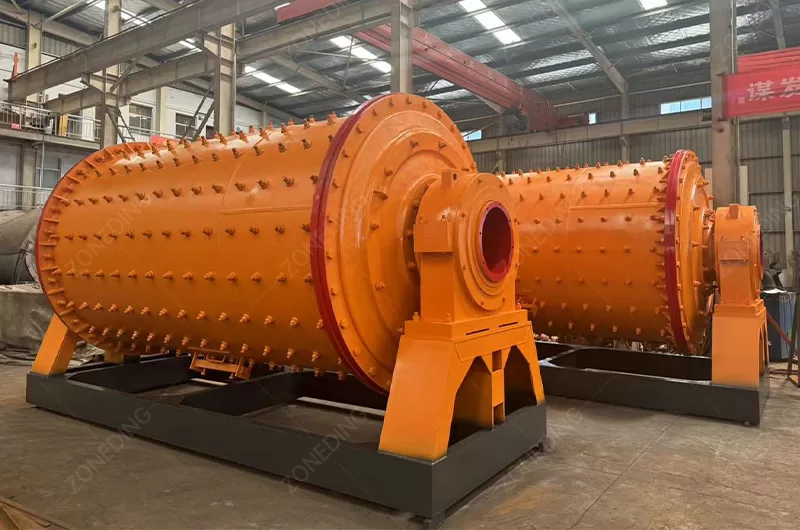
The choice of grinding mill is the most significant decision, directly impacting your plant investment cost, operating cost, and the products you can make.
The core equipment in a dolomite plant includes a jaw crusher, a vibrating feeder, the main grinding mill, an elevator or conveyor, a dust collector, and a packaging machine. The choice of grinding mill—Raymond mill, vertical roller mill, or ball mill—depends entirely on your target fineness and capacity.
Each mill type has a clear advantage in specific applications.
| Mill Type | Fineness Range (Mesh) | Power Consumption | Investment Cost | Best For… |
|---|---|---|---|---|
| Raymond Mill | 80 – 400 Mesh | Moderate | Low | Cost-effective production of coarse to medium-fine powders for agriculture and basic fillers. |
| Vertical Roller Mill | 400 – 1250 Mesh | Low | High | High-capacity, energy-efficient production of fine and ultrafine dolomite powder. |
| Ball Mill + Classifier | 400 – 2500 Mesh | High | Moderate to High | Producing very high-purity or specialized ultrafine powders when flexibility is key. |
Efficiency means lower operating costs and higher profits. A well-designed plant focuses on minimizing energy consumption.
To maximize efficiency, a dolomite grinding plant design must ensure stable and controlled feeding, employ a high-efficiency classifier to avoid over-grinding, and use modern automation and control systems. This systematic approach can significantly reduce the power consumption per ton of powder produced.
Small details in the design can have a large impact on your monthly electricity bill.
The plant investment cost is directly proportional to the fineness of the product and the production capacity.
The investment for a dolomite grinding plant can range from under $100,000 for a small, coarse powder line to over $1,000,000 for a large-scale, automated plant producing ultrafine dolomite powder. The main cost driver is the size and sophistication of the grinding mill and classification system.
It is essential to match your investment level to your target market’s potential returns.
| Plant Type | Capacity (tons/hr) | Key Equipment | Estimated Investment Range |
|---|---|---|---|
| Basic Coarse Powder Plant | 3 – 5 TPH | Jaw Crusher, Raymond Mill | $80,000 – $150,000 |
| Mid-Scale Fine Powder Plant | 5 – 10 TPH | Crusher, Elevator, Raymond Mill | $150,000 – $400,000 |
| Advanced Ultrafine Plant | 10 – 20 TPH | Full Crushing Line, Vertical Mill | $500,000 – $1,500,000+ |
(Note: These are order-of-magnitude estimates for equipment only and can vary based on manufacturer, automation level, and scope of supply.)
Designing a profitable dolomite processing plant starts with a clear market strategy. By defining your target customer and product specifications first, you can then select the most appropriate and cost-effective dolomite powder production line, ensuring your investment generates the highest possible return.
